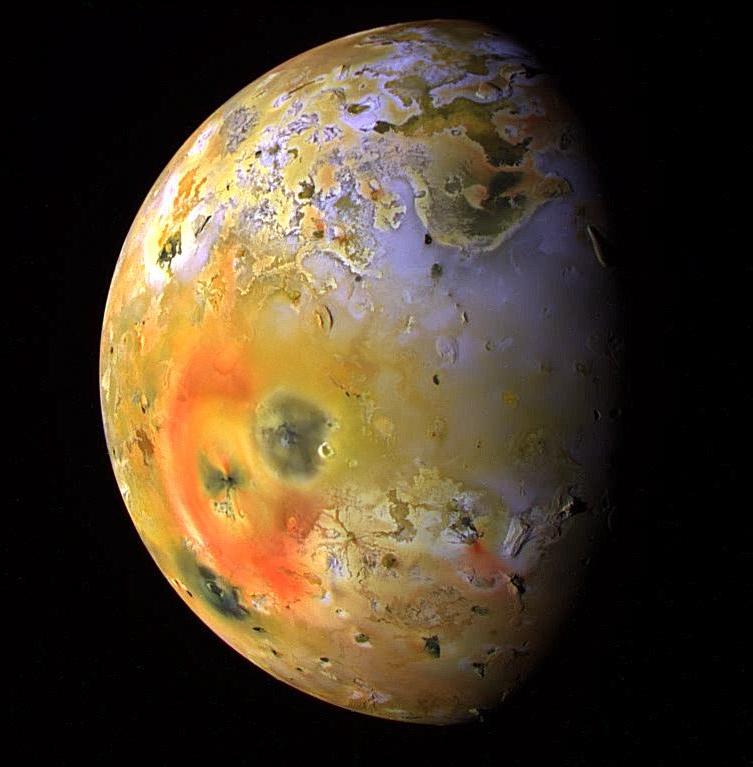Jupiter’s third-largest moon has extreme volcanic activity. For that fact, many scientists believed that the moon could have been warm enough to support life. “In some areas of the surface, it also produces heat. Regions near volcanoes have been found to be as hot as 3000ºF, while other areas average about -202°F, meaning that some areas could persist at a happy medium that’s conducive to life,” according to Joseph Stromberg for Smithsonian.com.
 Venus
Venus
The planet may not look like a viable candidate for life, but within its atmosphere the planet has sulfur dioxide and carbon monoxide that might serve as food for floating microbes. Astrobiology curator at the Denver Museum of Nature and Science David Grinspoon believes that the thick Venusian clouds could house life.


